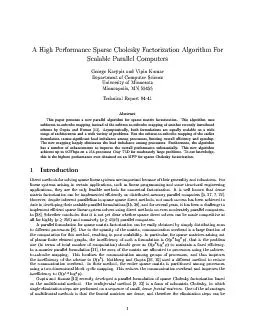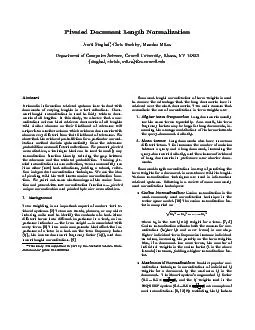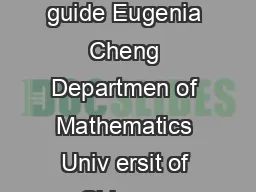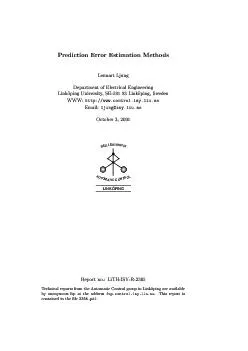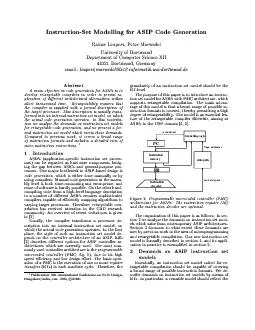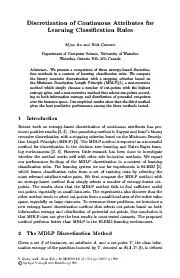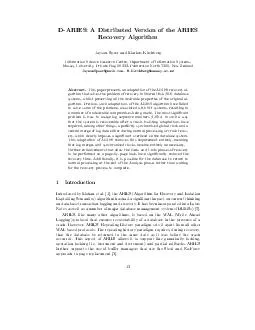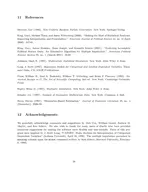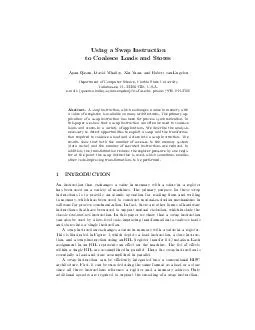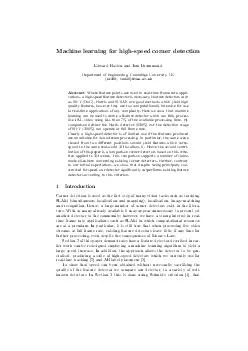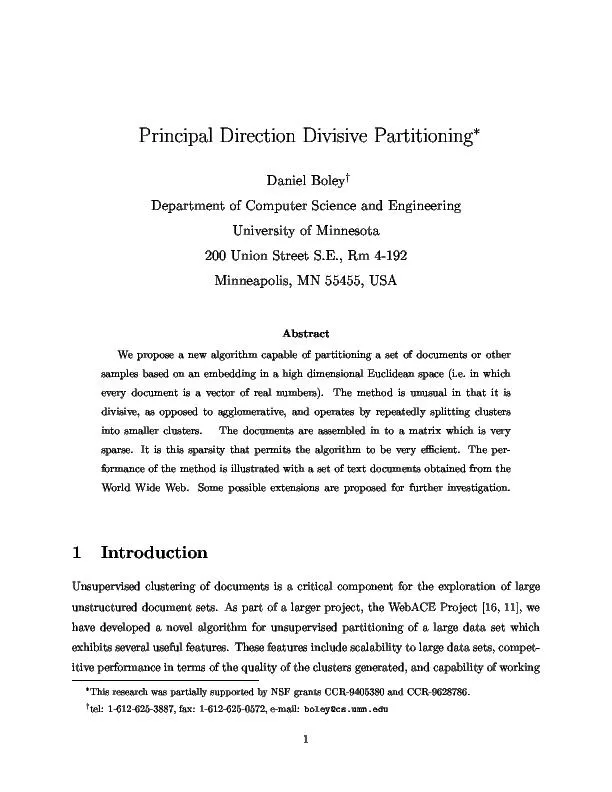PDF-AHighP erformanceSparseCholeskyF actorizationAlgorithmF or ScalableP arallelComputers
Author : danika-pritchard | Published Date : 2014-12-12
This algorithm uses subforesttosub cub e mapping instead of the subtreetosub cub e mapping of another recen tly in tro duced sc heme b y Gupta and Kumar 13 Asymptotically
Presentation Embed Code
Download Presentation
Download Presentation The PPT/PDF document "AHighP erformanceSparseCholeskyF actoriz..." is the property of its rightful owner. Permission is granted to download and print the materials on this website for personal, non-commercial use only, and to display it on your personal computer provided you do not modify the materials and that you retain all copyright notices contained in the materials. By downloading content from our website, you accept the terms of this agreement.
AHighP erformanceSparseCholeskyF actorizationAlgorithmF or ScalableP arallelComputers: Transcript
Download Rules Of Document
"AHighP erformanceSparseCholeskyF actorizationAlgorithmF or ScalableP arallelComputers"The content belongs to its owner. You may download and print it for personal use, without modification, and keep all copyright notices. By downloading, you agree to these terms.
Related Documents

